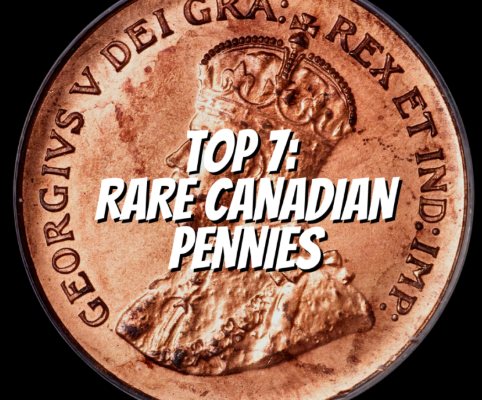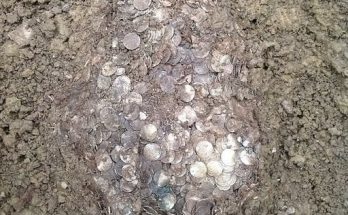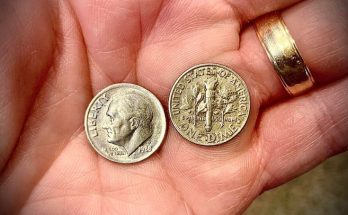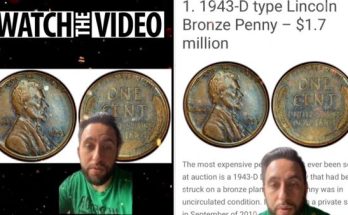
The Canadian penny is a symbol of the country’s history, but its history also includes numerous errors and varieties. Here are seven rare Canadian pennies that you may not have seen before.
Rare Canadian Pennies:
1924 Canadian Penny

Although more of the 1924 Canada cent were struck than the 1922 and 1923 versions, its low mintage of 1,593,195 makes it a challenging semi-key date that brings in high premiums regardless of condition. The 1924 Canadian cent can be purchased for around $5 in worn condition and well over $150 in uncirculated condition.
1922 Canadian Penny

The 1922 Canada Cent was the first of several rare and valuable pennies struck in Canada during the mid-1920s, when the economy was in a slump. The mintage of 1,243,635 was low, even for that time. The 1922 Canada cent is a collectible that can fetch upwards of $200 if in perfect condition, with even worn examples fetching $10 to $15.
1925 Canadian Penny

With a mintage of only 1,006,52, the 1925 Canada penny has one of the smallest mintages of any regular-issue Canadian small cent. A difficult coin at any grade, collectors can expect to spend at least $25 on a worn example and more than $200 on an uncirculated one.
2006 Steel Error Canadian Penny

The Royal Canadian Mint debuted a new one-cent coin composition made of plated steel in 2006, but it was only included in collector sets that year. However, a very small number of 2006 pennies were discovered to be missing either the “P” designating plating or the Royal Canadian Mint privy mark, which are standard features of numismatic strikes. The market price for this supposedly wrong-planchet error ranges from $150 to $350, but estimates vary widely.
1923 Canadian Penny

The 1923 Canada cent production was even lower than in 1922, totaling only 1,019,002 coins. Due to their low mintage and subsequent low survival rates, collectors today have access to a relatively small number of these coins. Uncirculated examples can fetch over $500, while worn ones can fetch as little as $25.
1955 No Shoulder Fold Penny

Several modifications were made to the proposed coin design of the young queen shortly after the debut of her bust on coinage in 1953, following Queen Elizabeth II’s accession to the throne in 1952 following the death of her father, King George VI. The most striking involved the presence (or absence) of shoulder folds to denote the queen’s gown. The 1955 No Shoulder Fold Canada cent is an uncommon coin that sells for $125 in circulated condition and upwards of $700 in uncirculated condition.
1936 Canadian Dot Penny

One of the most valuable Canadian coins is the 1936 Dot cent, made when the British throne was shaken by events that no one could have predicted. In January 1936, King George V died, and his son, King Edward VIII, was supposed to take over. But in December 1936, when he planned to marry Bessie Wallis Simpson, an American socialite who had been divorced, he gave up his royal duties.
The king wanted to marry an American woman who had been married twice before. This caused a constitutional crisis, and King George VIII left the throne because of the scandal. His brother, King George VI, took his place. The Royal Mint and other Commonwealth countries, whose coins showed the reigning monarchs of the time, were mostly unable to make a coin with a picture of King George VI in time for the 1937 date. This also affected the study of coins in Canada.
Canada tried to fix the problem with its one-cent coins by keeping the King George V type from 1936 but adding a raised dot below the date on the back of the coin to show that it was made in 1937. The Royal Canadian Mint said that 678,823 coins were made, but only five have been found. Every time these rare 1936 Dot cents went up for auction in the past few years, they fetched six-figure prices of more than $400,000.



